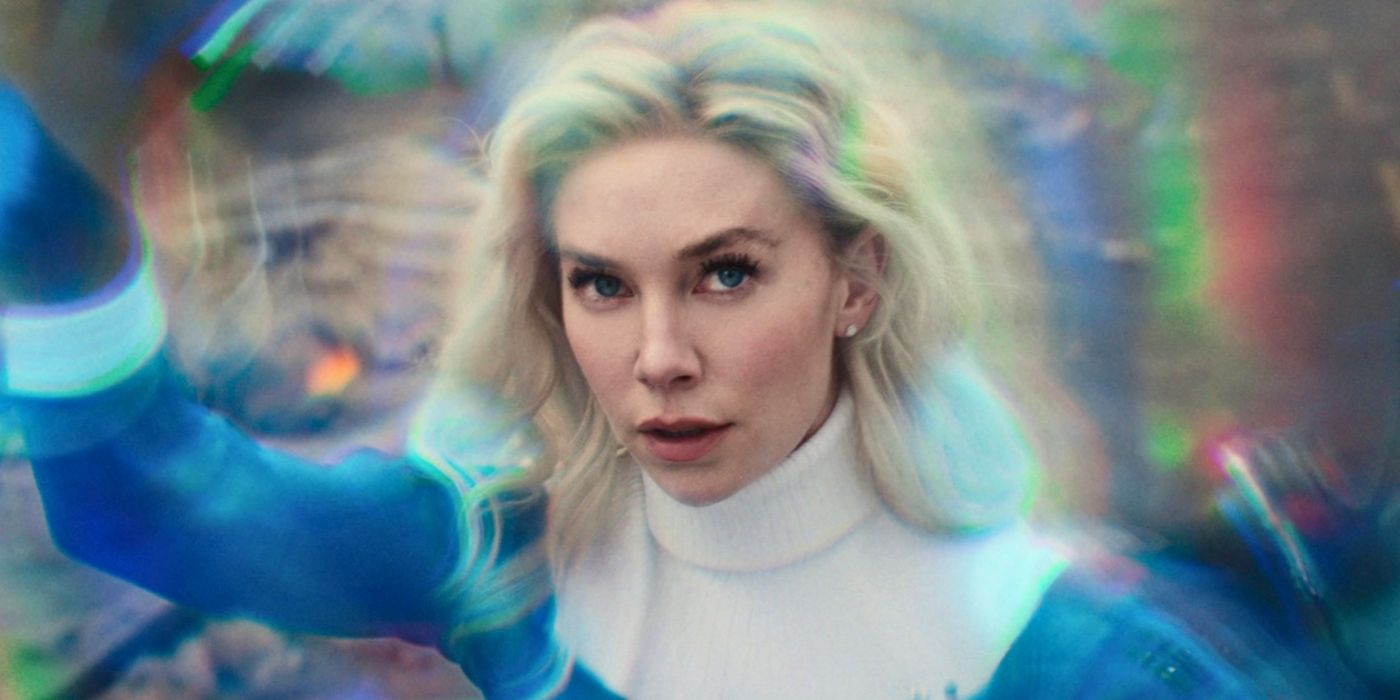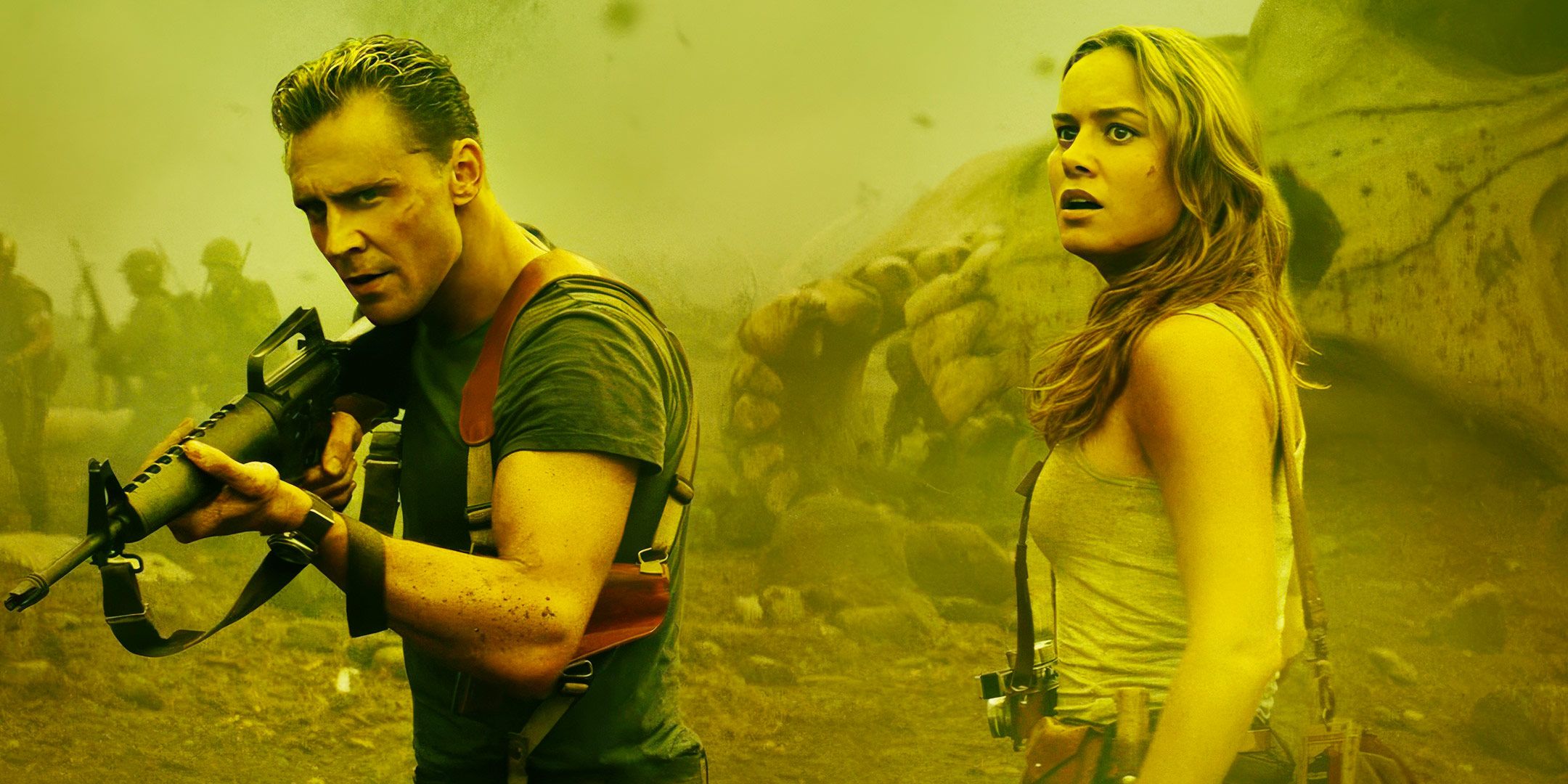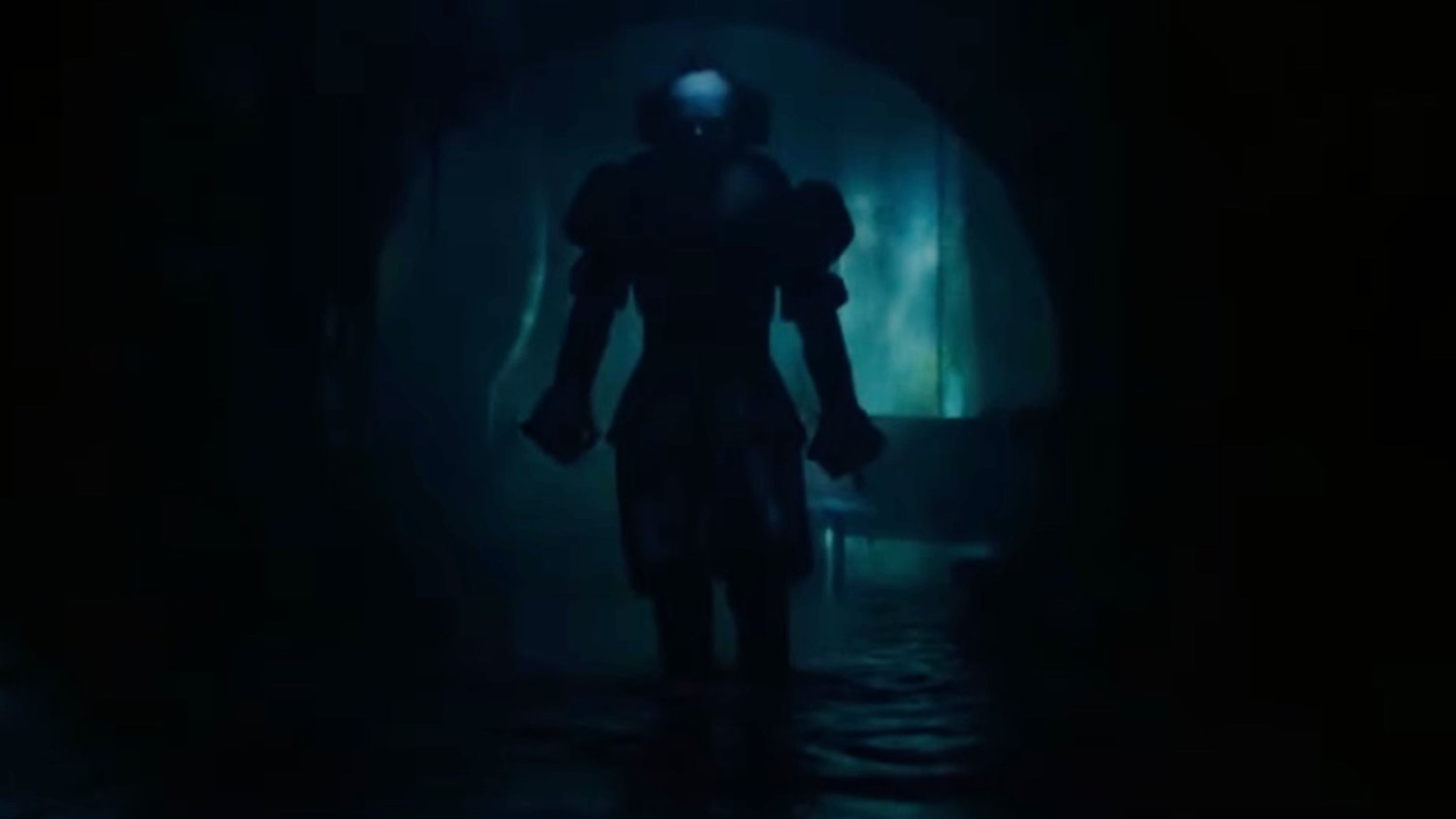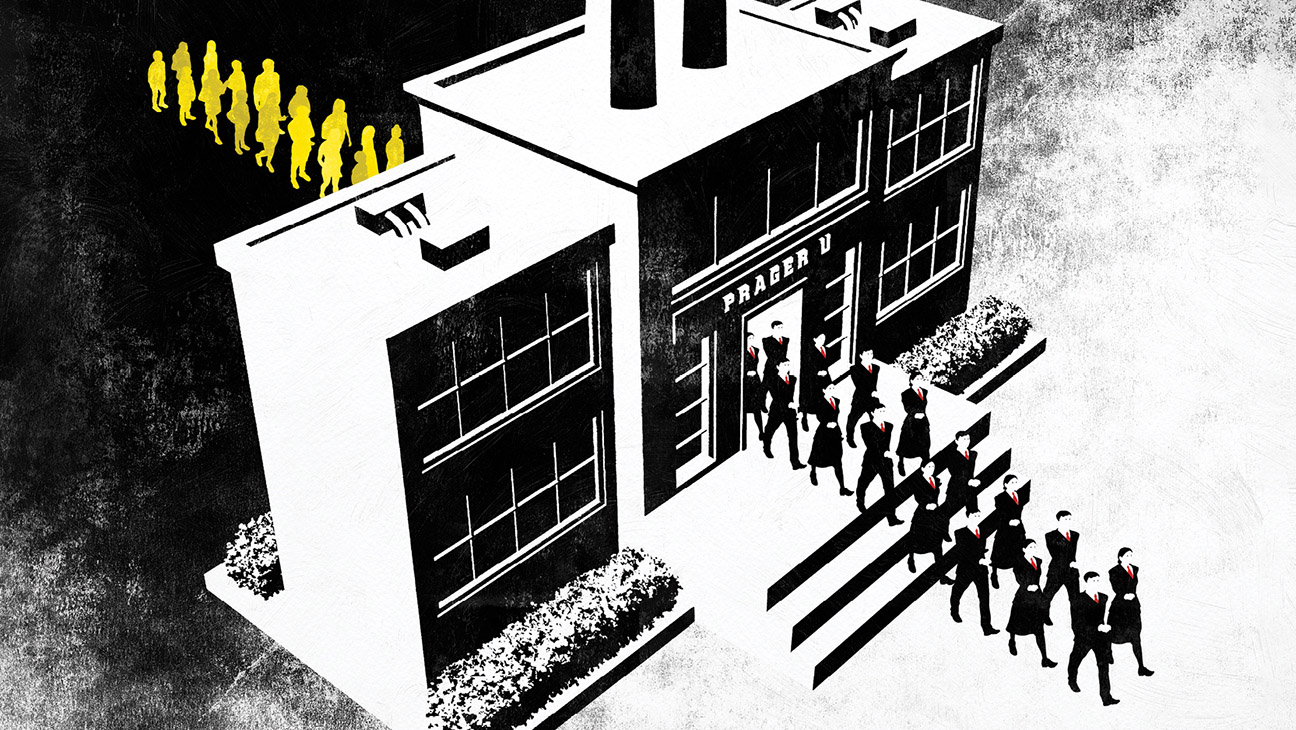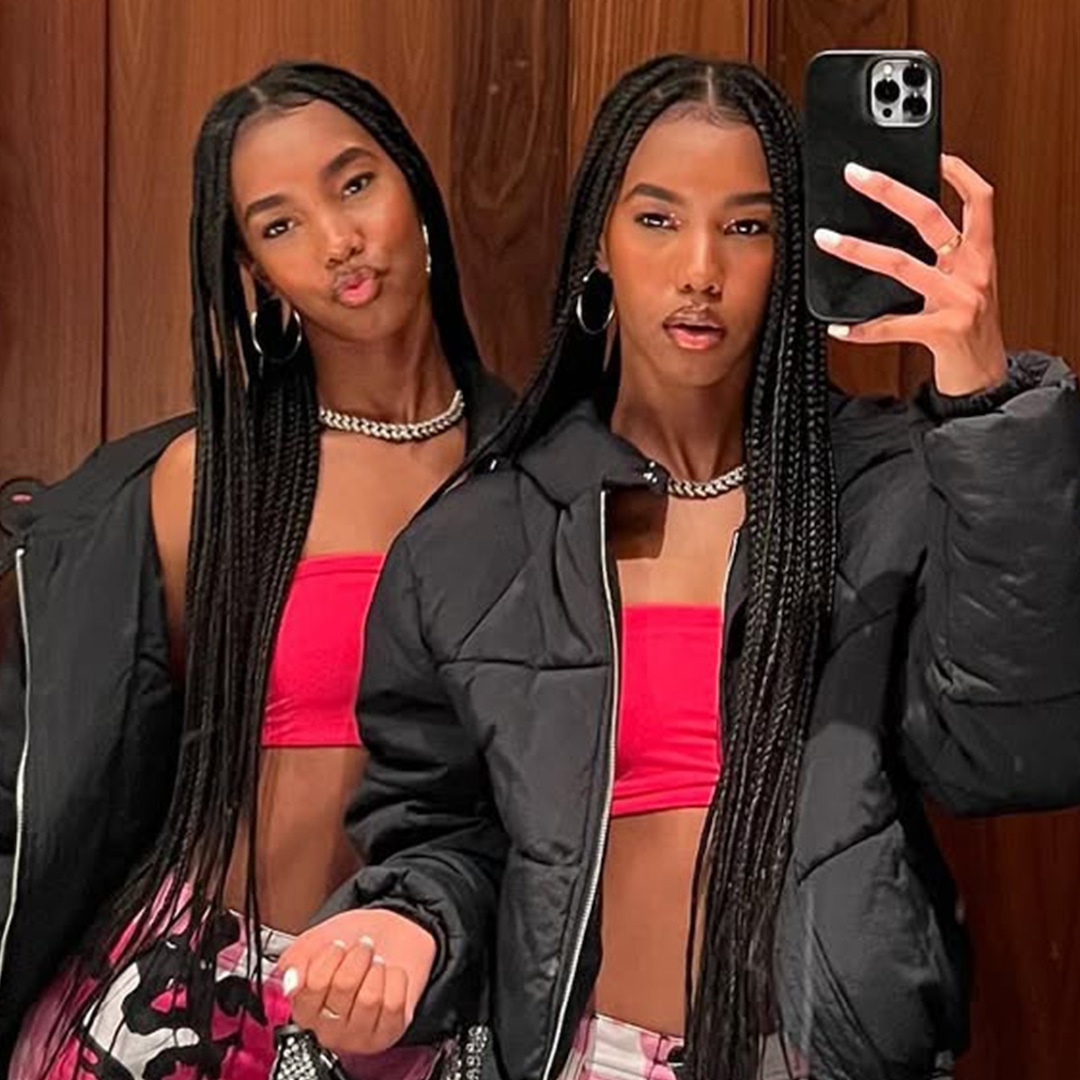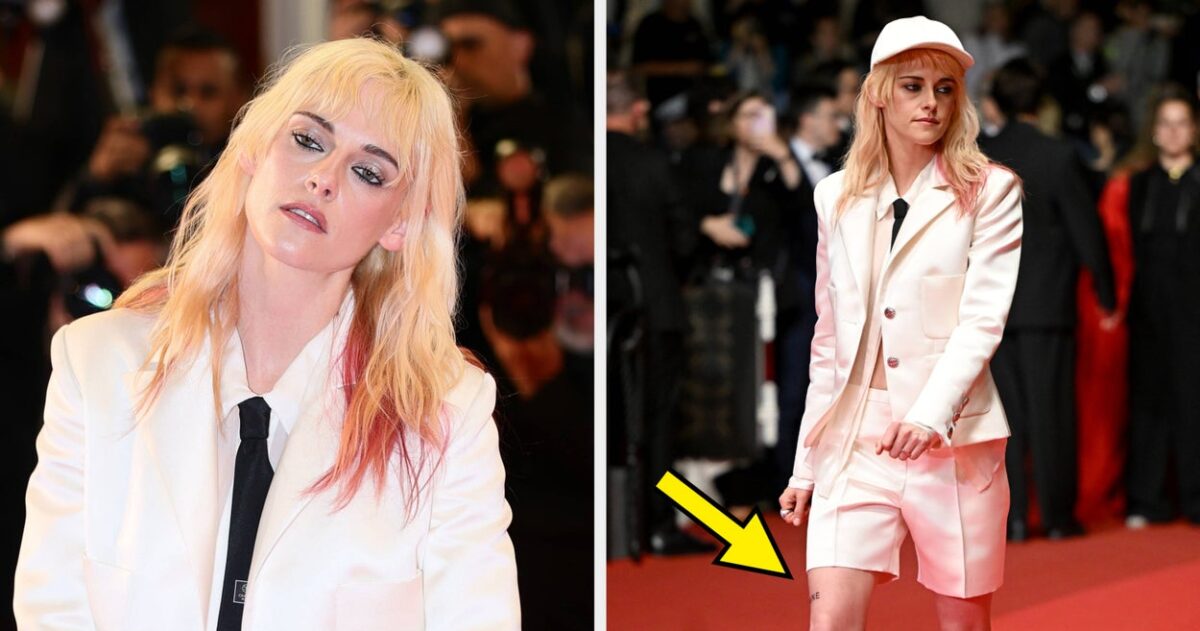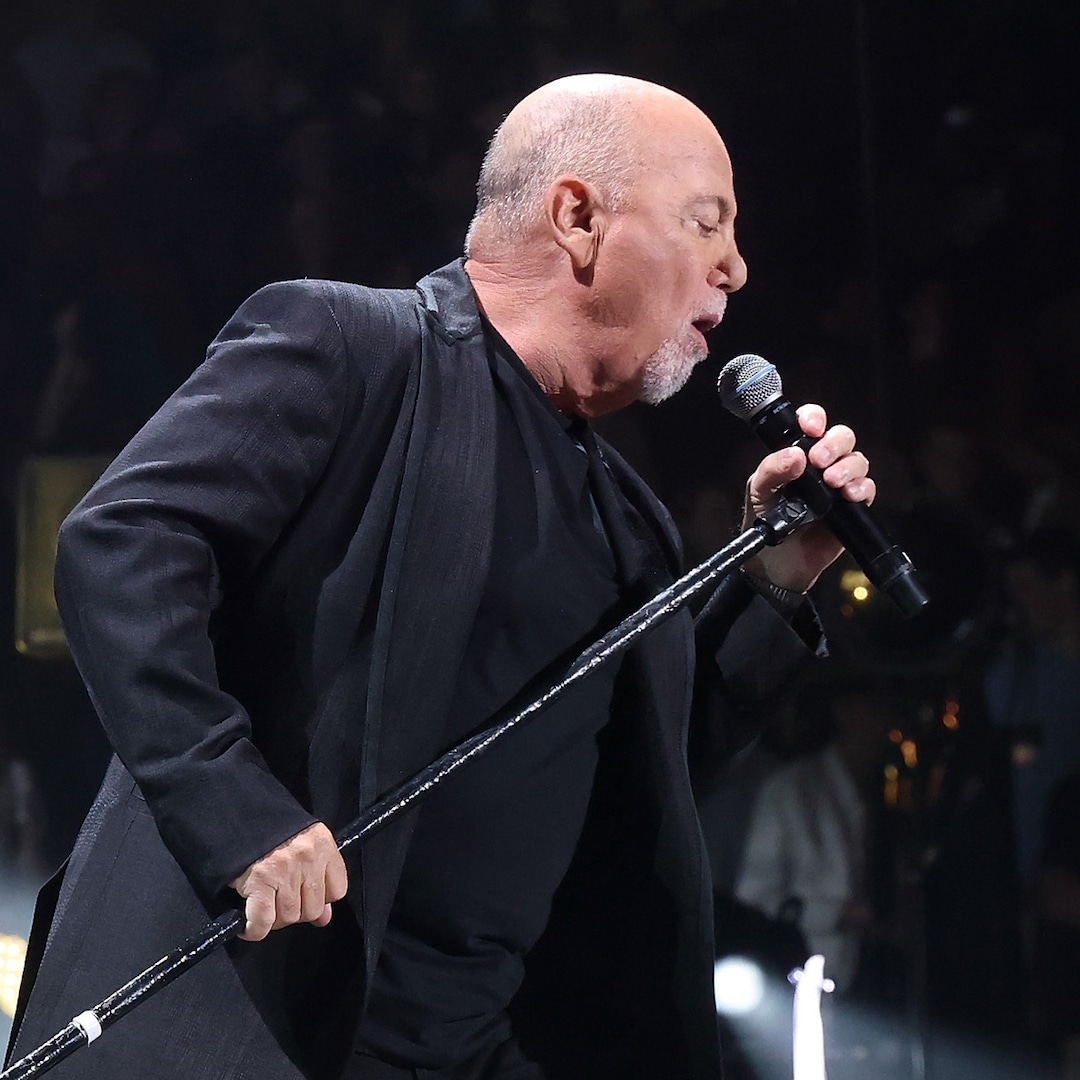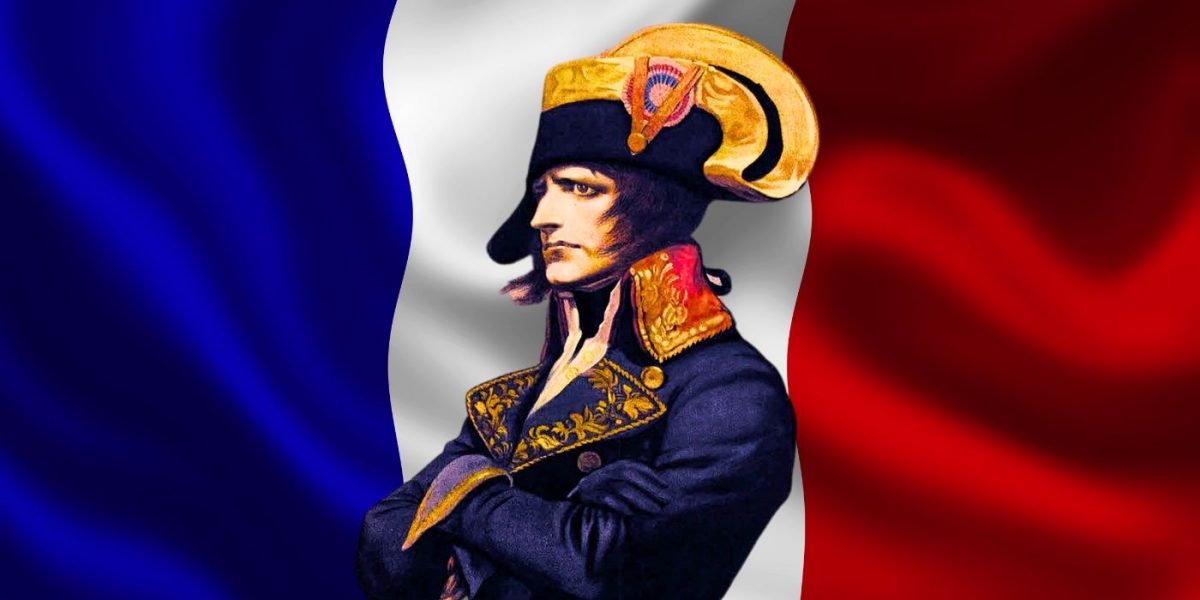
The Epic 1927 ‘Napoleon’ You Must See Before Ridley Scott’s Version
May 6, 2023
Later this year will see the release of Napoleon, the much-anticipated biographical drama that will see Ridley Scott and Joaquin Phoenix reteaming after a 23-year absence. Their last collaboration was Gladiator, a magnificent triumph that catapulted their careers to undiscovered heights, and has since been retroactively described as among their finest work. All eyes will be on Napoleon’s November release to determine if they can replicate their previous success, but in the meantime, discussion has turned to the other cinematic portrayals of France’s most famous leader. Not that there’s a shortage to choose from (Napoleon has shown up in enough films to qualify him for a place on the Hollywood Walk of Fame), but one version has emerged as the universally accepted favorite — Abel Gance’s 1927 masterpiece, Napoléon. It may have taken half a century to earn its rightful recognition, but today it is regarded as one of the greatest historical films ever made, and arguably the best entry point for a rather inaccessible period of cinema… assuming you’re willing to overlook the 330-minute runtime, that is. Nowhere else has the word “epic” been so profoundly appropriate.
RELATED: Ridley Scott’s ‘Napoleon’: Release Date, Cast, Plot, and Everything We Know So Far About Joaquin Phoenix’s Next Movie
‘Napoléon’ Covers the Early Years of Its Protagonist’s Life
Unlike subsequent depictions of Napoleon Bonaparte that focus on the more iconic periods of his life such as the Napoleonic Wars or his exile on Saint Helena, Gance’s film turns its gaze toward his formative years, starting with his childhood at military school in Brienne-le-Château and ending in 1796 with the 26-year-old Napoleon (Albert Dieudonné) leading the French Army into Italy during the First Italian Campaign. The intervening time is dedicated to a comprehensive rendition of Napoleon’s formative years, allowing the viewer to gain a clearer idea of how the fourth child of a minor Corsican family could become one of the most controversial figures in European history. These events include: his experiences during the French Revolution, his one-man crusade against the Corsican government following their decision to relinquish control to the British, his betrothal to the widow Joséphine de Beauharnais (Gina Manès), and a multitude of battles that chart his rapid ascent through the French military. By the time Napoléon reaches its conclusion — set to a hallucinogenic montage of his future triumphs — viewers have borne witness to one of cinema’s greatest odysseys, and one for which the silver screen is perfectly suited.
And then, your interest piqued, you turn to the internet to learn more about the man you’ve just spent five and a half hours watching… at which point the scale of Napoleon’s life comes crashing down upon you. That Gance was able to orchestrate such an immense experience from the footnotes in his title character’s life is astonishing, and speaks volumes about why future adaptations have failed to match Napoléon’s quality due to the breadth of material they’re forced to contend with. No wonder the film was envisioned as the opening act of a six-part series that would have covered all of Napoleon Bonaparte’s life, although its troubled production and exuberant production values that saw it consuming the budget for the entire hexalogy brought that dream to a swift conclusion. It’s a shame that Gance was unable to realize his lifelong passion, but given his perfectionist tendencies and unwillingness to adhere to deadlines (filming started in January 1925, one month after he’d agreed to have a finished film), he does shoulder some of the blame. Still, one masterwork is better than none, and we should be thankful that he overcame this coalition of complications to produce such an achievement.
Image via Entertainment Weekly
It’s hard to believe that Napoléon is almost a century old. The bombastic soundtrack by Carl Davis that accompanies most contemporary versions certainly helps matters, but even without that, the majesty of Gance’s craftsmanship makes every scene a full-course meal in cinematic prowess. The cinematography is his obvious place to start. In a time when technical limitations prohibited what a camera could and could not do, Gance took immense pride in scattering such rules to the wind, ensuring that the most crucial aspect of the film was never a passive observer. This is a camera that glides through the scenery unrestricted, commanding a dominating presence just like its protagonist. Some of the techniques on display — such as underwater filming and handheld shots — were revolutionary for their time, and when coupled with an extensive use of other now-commonplace innovations like fast cutting and parallel editing, it makes the film feel remarkably modern. If not for the runtime, Napoléon would be the ideal introduction to the world of silent cinema… but then again, viewers today also have access to a pause button. That’s a virtue that audiences from 1927 weren’t privy to.
The film’s depiction of Napoleon frequently borders on mythical, and while that might prove off-putting for any historians watching, it does allow for a more visually stimulating experience than a typical biopic. Gance makes liberal use of color tinting and multiple exposure effects, magnifying the already impressionist locales to give the film the appearance of a heightened fantasy (while also enabling him to convey swathes of emotional and narrative information in a matter of frames). This isn’t to say that Napoléon is unrealistic — indeed, Gance went to great lengths to guarantee accuracy, such as shooting many scenes in their real-life locations — but there’s a sense that Gance is more interested in celebrating the immortal legend that Napoleon Bonaparte had since become rather than dragging him back down to the realm of mere mortals. It makes for an effective partnership with the film’s opulent scope, and also fits neatly with the silent format before sound made such extravagances harder to conceptualize. Helpfully, Gance adds a “historical” marker to all intertitles that are based on reliable sources, making it easy to differentiate between fact and fiction. It’s a minor addition that benefits the film immensely, and is the sort of thing that more “based on a true story” films should seek to imitate.
As with all great visionaries, Gance leaves his finest trick for last. Fearing that the standard 4:3 aspect ratio would be insufficient for the climax (“even a big picture was too small for me”), he decided to revolutionize cinema once again with the stunning triptych finale. As Napoleon meets with the French Army on the outskirts of Albenga, the image suddenly triples in size before a starstruck audience. Breathtaking is the only way to describe it. The amount of work that must have gone into producing these shots (accomplished by perfectly aligning three cameras in a row) and then coordinating the hundreds of extras who appear within them is frightening to consider, and that Gance sustains it for 20 minutes is unbelievably impressivet. It isn’t flawless —he seams between the three cameras are fairly obvious — but the scale of what Gance is doing on equipment that isn’t remotely designed for it (remember, widescreen technology was still three decades away from becoming standard) outweighs any nitpicks. It’s an incredible sight even on home video, and as a means of concluding such a grandiose tale about one of history’s most ambitious leaders, Gance couldn’t have picked anything better.
The Film Only Achieved Recognition Decades After Release
In recent years, Napoléon has been the subject of immense critical analysis, and its accession to the converted Sight & Sound list in 2002 (where it has retained a slot ever since) has solidified its place in the upper echelons of cinematic history. However, things weren’t always sunshine and roses. Gance may have been a maestro of method, but his inability to compromise saw his editor suffering a nervous breakdown and his composer permanently threatening to quit. When he finally converted his 400,000m of film stock into a final version, it ran for nine hours and 40 minutes, necessitating multiple screenings across several days. When the job for American distribution landed on the doorstep of MGM boss Louis B. Mayer, he wired his New York office with a simple “GOD HELP US,” summarizing the situation nicely. When it reached American cinemas in January 1929, it did so via a truncated 100-minute version —the latest in a long line of recuts that had left Napoléon fragmented across the globe. Opinions varied wildly, but even the positive ones rang hollow to Gance. His masterpiece was in tatters, and his reputation wasn’t doing much better.
But where would a rags-to-riches tale be without a happy ending? Unfortunately, Gance would have to wait until he had passed his 90th birthday for it to happen, but a long overdue restoration courtesy of film historian Kevin Brownlow (whose obsession with the film started when he chanced upon two reels in his childhood) reignited public interest in Napoléon. Brownlow began his reconstruction in 1968, gradually piecing it together again using whatever morsel of footage he could get his hands on. Eleven years later, he premiered his 295-minute reconstruction at the Telluride Film Festival, where it received a thunderous reception. While Gance was unable to attend the outdoor screening in person, he did experience it from the comfort of his hotel room window, where he remained standing for the entire duration. One can only imagine what joy he must have felt bearing witness to his cultural renaissance firsthand.
And the good times didn’t stop there. Before long the current critical darling of American filmmaking Francis Ford Coppola came on board to give Napoléon an American rerelease at the Radio City Music Hall in New York, increasing its profile further. This 1981 relaunch may have been hampered by a cutdown four-hour runtime to avoid overtime costs (largely achieved by increasing the projector speed), but the cinephile world embraced it regardless, pulling in a phenomenal $2.5 million. After one screening, a telephone was brought onstage with the audience being told that Gance was on the other end. The explosion of applause that followed must have been the greatest sound he had ever heard. Gance died 11 months later, and knowing that his years of hardship had not been in vain must have brought him great comfort in the end. Sadly, this was almost undone by a protracted legal battle between Brownlow and Coppola related to the film’s soundtrack (Coppola was reluctant to approve any version that didn’t use a score composed by his father, Carmine Coppola), although this was eventually resolved. In 2016, Napoléon was released on DVD and Blu-ray for the first time, bringing the film’s eighty-nine years in the wilderness to a decisive close.
Napoléon Was the Perfect Capstone for the Silent Era
Napoléon is the kind of generation-defining milestone we may never see again. It’s appropriate that it was released the same year as The Jazz Singer, the film that heralded the arrival of the much-prophesied sound era, because Napoléon feels like the natural culmination for this stage of the medium’s development. Napoléon is a bombastic celebration of everything film is capable of, reveling in the overblown excess and expressionist landscapes that silent cinema allowed for before talkies ushered in a new age of dreary old realism. The silent era was not an archaic dry run at an art form that had emerged three decades too early, but a fully realized method of storytelling that simply told stories in a different (but wholly cinematic) way — something Napoléon was keen to prove. Yes, the runtime is daunting, but it’s evidence of Gance’s talents that it remains engaging the whole way through, turning what could have been a grueling experience into an engrossing watch. Ridley Scott has a hell of a job ahead of him if he wants to create an even more impressive film… most screens already struggle to contain Abel Gance’s opus.
Publisher: Source link
Donald Trump Told A Reporter To "Get A Real Job," And The Internet Isn't Laughing
"A reporter finally spoke the truth to Trump! ALL REPORTERS SHOULD DO THE SAME!"View Entire Post › Disclaimer: This story is auto-aggregated by a computer program and has not been created or edited by filmibee.Publisher: Source link
May 25, 2025
Sean “Diddy” Combs’ Twins Jessie, D’Lila Graduate High School
Male Escort Says He Could Hear Sean "Diddy" Combs Assaulting CassieWhen Ventura didn’t join Combs right when he called for her on one occasion, Phillip testified May 12 that Combs threw a liquor bottle in her direction, then grabbed her by…
May 25, 2025
Kristen Stewart Shares Wild Meaning Behind New Tattoo
Kristen Stewart Shares Wild Meaning Behind New Tattoo Kristen wore a beautiful white Chanel suit, which consisted of a fitted jacket and trouser shorts — which just so happened to unveil a new tattoo on her leg. Just above the…
May 24, 2025
Billy Joel Diagnosed With Brain Disorder, Cancels Tour
Emilia Clarke's Brain AneurysmEmilia Clarke filmed battle scenes for Game of Thrones, but in 2019, she published an essay in The New Yorker titled "A Battle for My Life."Having a bad headache at the gym, "I reached the toilet, sank…
May 24, 2025
